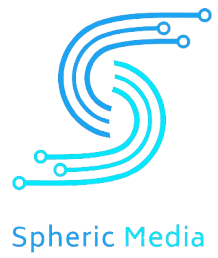Popularity consolidated in the top 20 programming languages in April, according to TIOBE Software CEO Paul Jansen. C overtook Java for the number three spot between March and April.
Key takeaways from the April TIOBE Index rankings:
- SQL continues to fall as it has done over the last few months, dropping to the number 10 position.
- C++ held on to the number two spot, showing a significant year-over-year increase in the proprietary points system.
- Python’s popularity dipped slightly month-over-month, but it still holds a significant lead over the second-place language, C++.
Take this survey for a chance to win a gift card: Tell our sister site DZone about your work with APIs by completing this brief survey for a chance to enter to win one of two $120 e-gift cards of your choice.
Kotlin and Swift decline when they’re no longer the best picks for mobile
Kotlin, Ruby, and Swift are all “likely to go out of fashion” after reliably holding on to spots in the top 20, Jansen said. Why? For Kotlin and Swift, the answer comes down to new programming languages entering and competing within their niches.
“Kotlin and Swift have the same reason why they are declining,” Jansen said. “They are both mainly used for one particular mobile platform, Android and iOS, respectively, whereas there are other sufficiently good languages and frameworks to develop cross platform nowadays.”
Swift can technically be used for Android development as well, but it may present unnecessary barriers in the process.
Meanwhile, Ruby is a general-purpose language once considered a rival to Python; it competed for space with Perl, too. Now, Python has pulled well ahead of both Python and Perl (which sits at 19th on the TIOBE Programming Community Index), and Ruby garners less interest.
Interest consolidates in the most popular programming languages
Now may not be the time to try to create a new programming language or to learn one of the lesser-known options. Along with ranking individual programming languages, Jansen also keeps an eye on the entire market. In April, he noted the top 20 languages account for 82.56% of the total market, compared to a usual share of about 75%. The industry is in what he called “a consolidation phase.”
“This means that the market is a bit defensive, preferring proven technology to trying out new technologies,” Jansen said.











